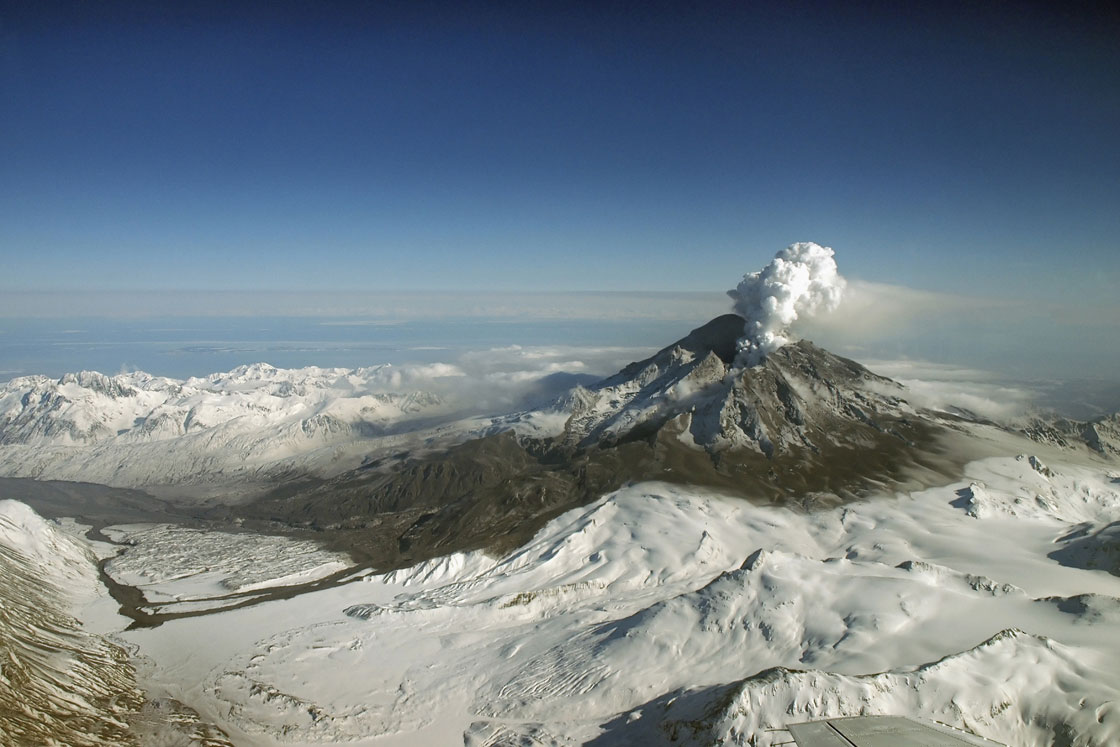TORONTO – If you dared to stand on the edge of Alaska’s Redoubt Volcano before it erupted, you’d feel the ground tremble — lightly at first — and then you’d hear something. You’d hear the volcano scream.

It might seem strange to hear a volcano scream, but following the 2009 eruption of Redoubt Volcano, that’s just what some researchers discovered volcanoes do.
“The researchers at the Alaska Volcano Observatory noticed this kind of weird signal…and they didn’t really have enough time to get into it,” said Alicia Hotovec-Ellis, a University of Washington doctoral student in Earth and space sciences. “So I got involved several months later and gave it a thorough treatment, and I was the one who made all the sound files and was like ‘Wow! This is really cool!'”

Get breaking National news
What Hotovec-Ellis noticed was that, before the Redoubt issued its scream, a series of tiny earthquakes “like a drumbeat” persisted regularly until they came so close together in timing that they blended.
The scream, Hotovec-Ellis discovered, was a frictional process. “It’s actually slipping…and each individual pop is coming, that they’re so close together they make this humming sound.”
The small earthquakes — at a magnitude of about 0.5 to 1.5 — produced a sound at a frequency of one hertz and rose to about 30 hertz. In humans, the audible frequency starts at 20 hertz.
“It’s just barely, barely at the limit of human perception, but you could still probably hear it, which is kind of amazing because the Earth doesn’t normally make noises in the human audible range.”
Redoubt is the only volcano that produces such a high frequency. Other volcanoes, like Soufriere Hills on the island of Montserrat in the Caribbean had a similar sound, but it only went up to two hertz.
Discovering this scream doesn’t allow for any more advanced warning of a volcanic eruption, unfortunately. However, it does tell scientists that there is an increase in pressure below the volcano and may even give some indication of how fierce an eruption might be.
“We haven’t gone too much into detail into figuring out why the pressure is high,” said Hotovec-Ellis. That is next step for scientists, she said.






Comments